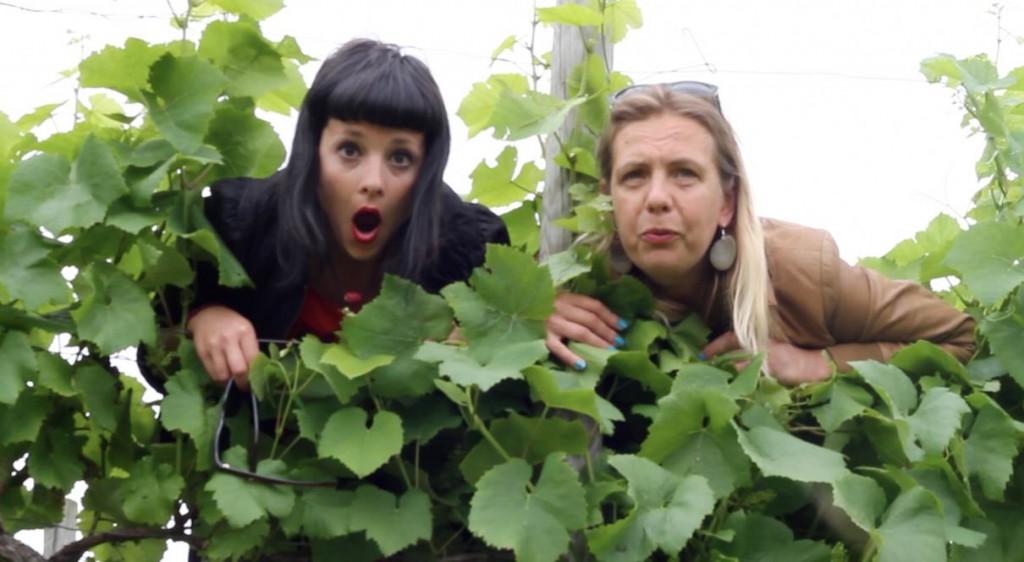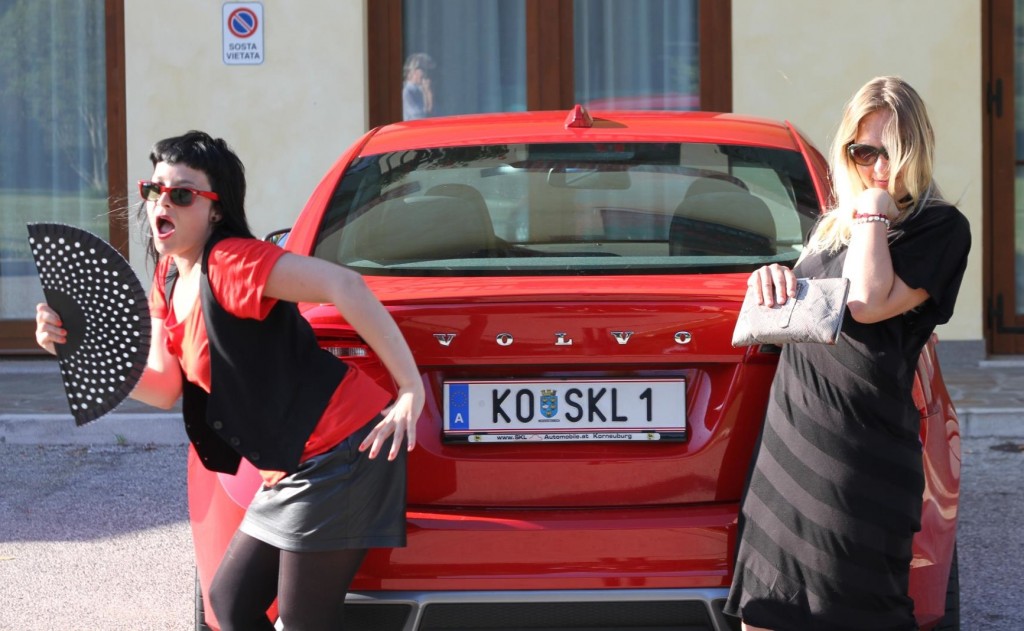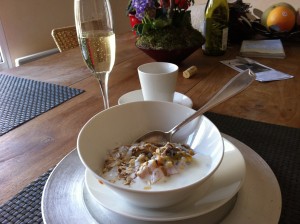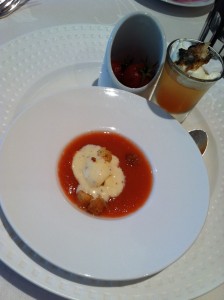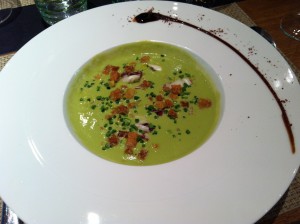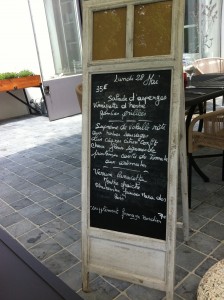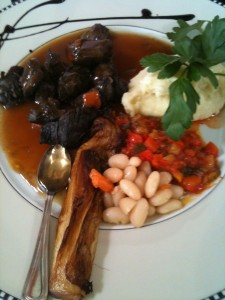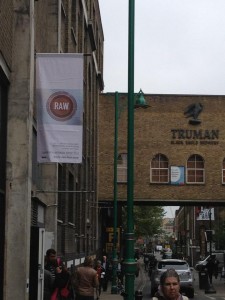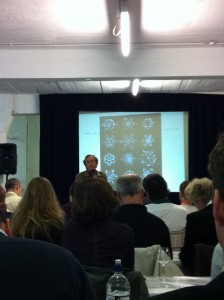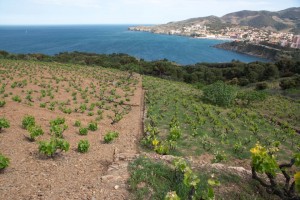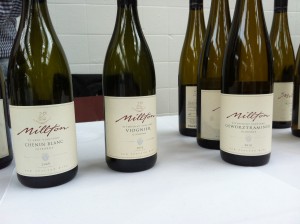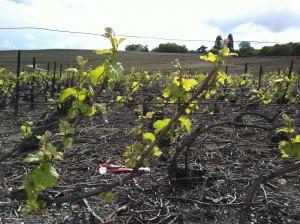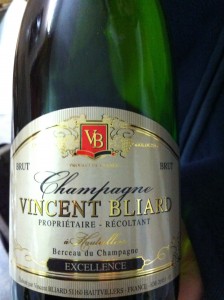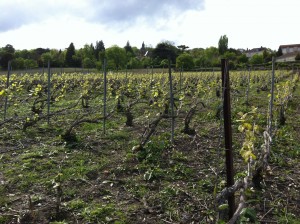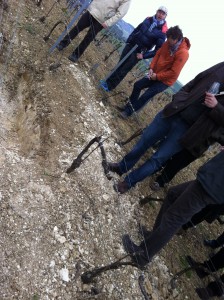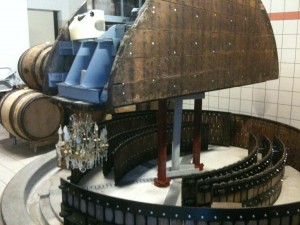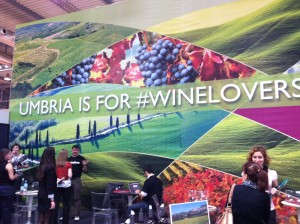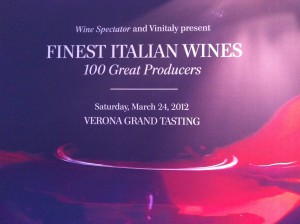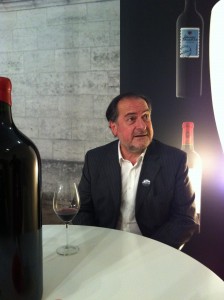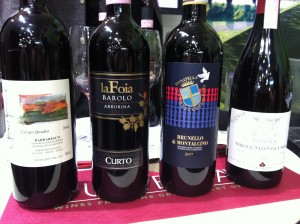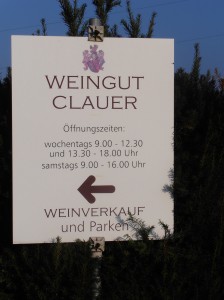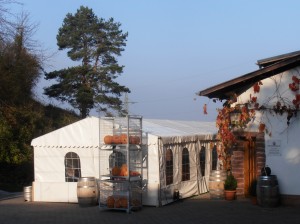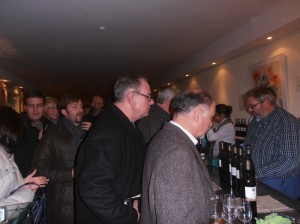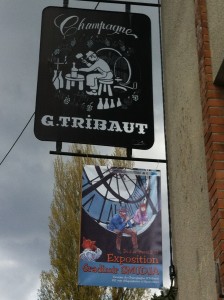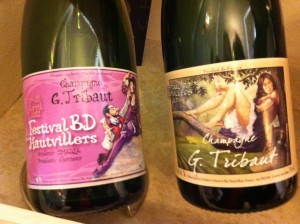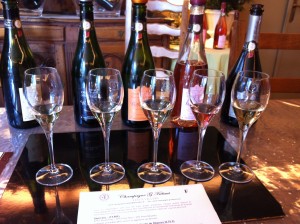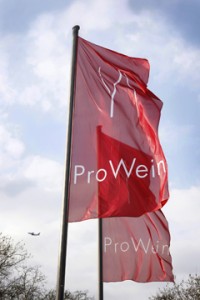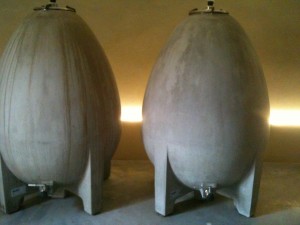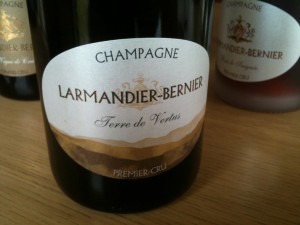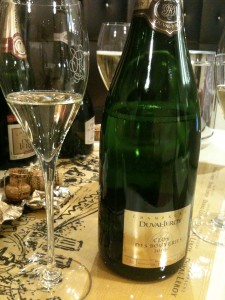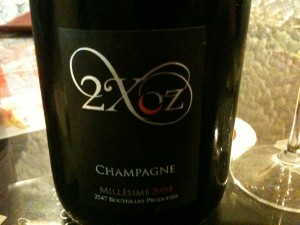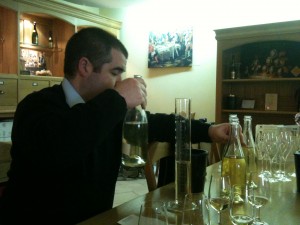This post is a little out of the ordinary as it is probably the most personal message I have ever written to be published in public. Then again sometimes honesty is the only way to make yourself heard…
So WHY do we need help? The very unsexy straight answer is because we are broke :-( You may wonder how we possibly can come to the US when we have no money so I would like to take this opportunity to explain our exact situation.
I am lucky enough to have won a full scholarship to attend the Wine Bloggers Conference in Portland. I am extremely excited to have been given this wonderful opportunity yet I still have to negotiate with a friend to see if they can help me and loan me the money for my flight so I can make it there. WBC Scholarship flights are only reimbursed once we have arrived at the conference and right now I cannot afford the flight so am hoping a good friend can help me… Working freelance means that some times are better than others, and for me this means summer holidays are more difficult as my main wage comes from teaching on a contract basis… Furthermore, to follow our dreams we sometimes have to give up a lot. To write on and specialize in Champagne I let go of a well paying job in the city and moved to a small village among the vines in the Marne area where every month has been a challenge ever since. Yet if financially life has been very hard I do not regret my choice: these last 6 months my Champagne knowledge, creativity and my experience of really LIVING life have exploded:-)) And I believe that in a few more months things will get a little easier!
Onne was already coming to New York around the same dates. So when we found out we would both be in the US at the same time we decided we should really use this opportunity to visit wineries and experience wine making in Oregon and California even if Onne may not be able to attend the WBC (she is on the waiting list). Like me Onne gave up her well paid job to follow her love for wine and Rock and Roll and has been struggling as a freelancer in Switzerland much in the same way I have which means she cannot afford the flight out West without any help.
So now that we have admitted that we are both totally skint this does not mean we expect everybody else to pay for us. Instead we would like the opportunity to work, write, make videos and help spread the word about the places we visit. We have broken down our trip to the bare basics and realize we only need to raise $1000 to be able to do this. This money will go to:
1. a plane ticket from NYC to Portland, and from San Francisco to NYC for Onne
2. car rental
3. gas money
4. accommodation
5. food
In order to prepare and fill in the gaps (and maybe buy some wine to bring back to Europe) we have started a Cava and Champagne tasting program where we will host comparative tastings of Cava and Champagne. The aim is to valorise both wine styles, and touch on their unique characteristics, history and flavour patterns in a creative and engaging way. Having worked in the Cava industry, Onne has a wealth of knowledge on the Cava making process, which perfectly complements my knowledge of Champagne :-) We have planned 2 tastings, one in Geneva on August 2nd and one in Brussels on August 7th, and we would be very keen to host a tasting in Oregon or California (or both) as well. We feel this would be a wonderful way for us to share our first hand knowledge and add value whilst earning a little money for our trip. So any help with finding a location and advertising the event would be a wonderful way to help us make this dream come through ;-)
Other ways of helping us are:
1. donating via eventbrite or paypal (email address onne@no-future.com). You could see it as buying us a drink – every $10 helps as it can pay for a little gas and get us that little bit further:-)) We are willing to accept airmile donations for Onne’s flight as well:-)
2. sponsor a video or live streaming session on Winedefender.tv – We are aiming to film our experiences in a fun way so other #winelover-s can join into our #winefun and learn together with us. With quite a big following we could get YOUR message out there and introduce new people to your wines, wine making and vine growing practices :-) Please contact us on at either caroline@missinwine.com or onne@winedefender.org to discuss the opportunities!
3. sponsor a visit – for a little gas/car hire money we would be more than happy to come and check out your place and write about it. I am planning to write up my experiences on Snooth to share the love with other winelover’s and get the message out to an as large as possible audience:-)
4. host us for lunch or dinner – yep we do need food and we would love to have a picnic in your vines whilst tasting your excellent wines!! But we would be happy to try out local restaurants, local food, or BBQ’ed burgers with like minded people and enjoy an evening of #winefun!!
5. employ us – this is a tricky one as only I have a B1 (work) visa – but I would be happy to work for both of us :-) We can work in the vineyard, do the dishes, make the beds, keep granny company, walk the dogs or do any other task that needs doing in exchange for gas money, accommodation or food. As we both are certified sommeliers we also could work a shift in your restaurant or host a tasting for you:-)) Please contact us on at either caroline@missinwine.com or onne@winedefender.org to discuss the opportunities!
6. Offer us a bed for the night – we are not too fussy and Onne and I can easily share one large bed :-) We are good guests and would help out with lots of chores, and can bring you coffee in the morning ;-)) Alternatively we can make a video or write about your guest house:-))
To end off this post I invite you to watch the video again! We had great fun shooting it and hope you enjoy a few laughs watching it!!
Hanging in Champagne grapevines – Onne and Caro have a message for you from Wine Defender TV on Vimeo.
Help us bring our wine fun to a vineyard near you!!! For any help offers please contact us on at either caroline@missinwine.com or onne@winedefender.org or donate on eventbrite/paypal (onne@no-future.com) Thank you very much! Caro and Onne xox

